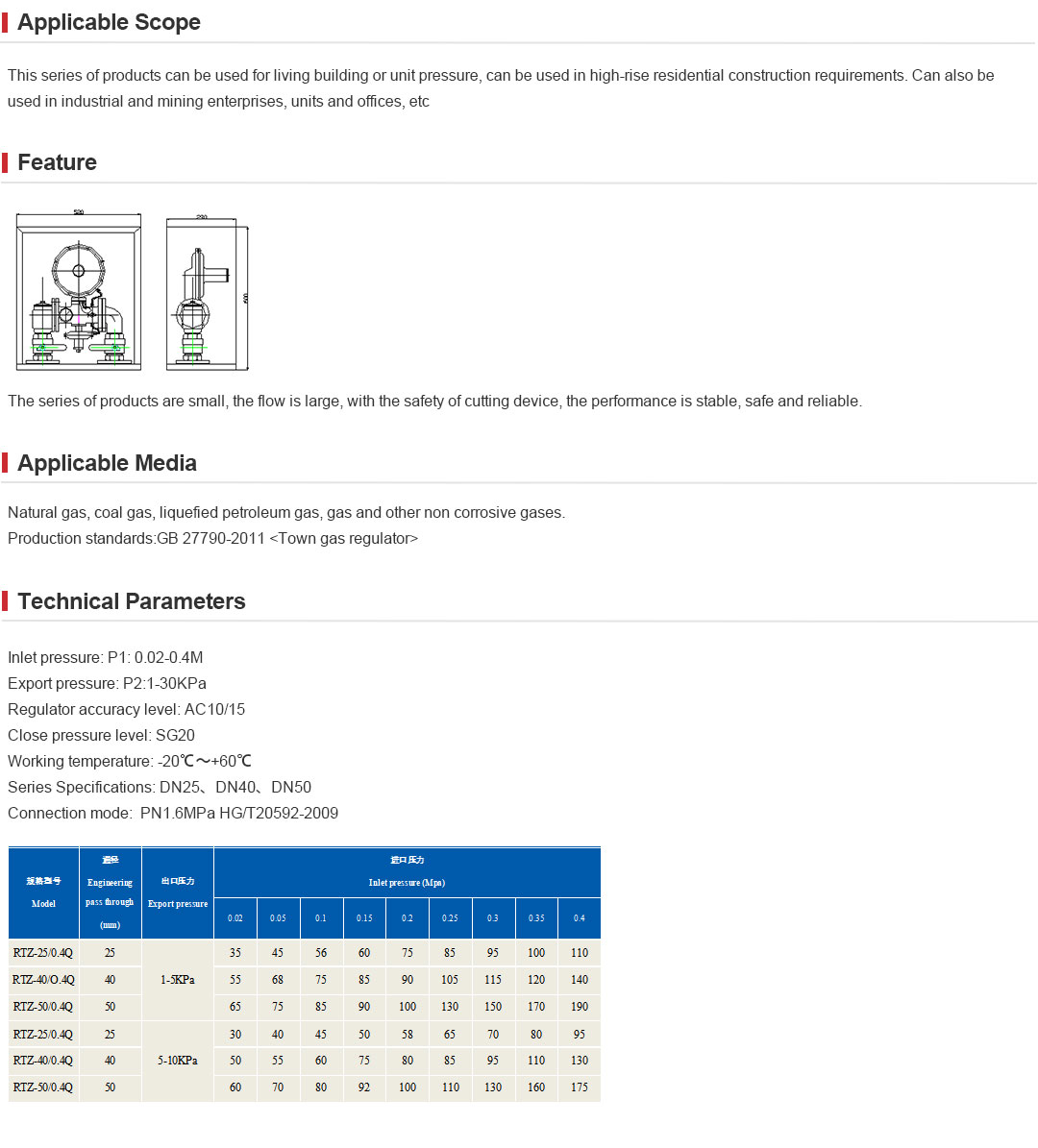
Nov . 11, 2024 05:48
Back to list
Gas Filter Selection Guide for Optimal Performance and Efficiency
Understanding the Gas Filter Separator An Essential Component in Gas Processing
Gas processing plays a crucial role in various industries, particularly in oil and gas extraction. One of the key components in this process is the gas filter separator, which serves critical functions in purifying gas and ensuring that it meets quality standards before it reaches the end-users. This article delves into the importance, functionality, and operational principles of gas filter separators, shedding light on why they are indispensable in the gas processing realm.
What is a Gas Filter Separator?
A gas filter separator is an industrial device designed to remove solid and liquid contaminants from gas streams. The maintenance of gas quality is vital for safety and efficiency; thus, gas filter separators are employed to enhance the quality of natural gas by separating unwanted elements. These separators combine two functions filtering and separating, enabling them to perform dual roles in the gas purification process.
Why are Gas Filter Separators Necessary?
As natural gas is extracted, it often contains a variety of impurities, such as water, oil, sand, and other solid particulates. If these contaminants remain in the gas, they can lead to operational issues, including pipeline corrosion, blockages, and malfunctions in downstream equipment. To prevent these problems, it is essential to utilize gas filter separators in the processing line. By ensuring gas cleanliness, these devices play a significant role in enhancing system reliability, extending equipment lifespan, and maintaining operational efficiency.
How Do Gas Filter Separators Work?
.
1. Inlet Separation The incoming gas stream is directed into the separator where gravitational forces allow heavier liquid particles to settle at the bottom. This initial separation phase helps to prevent liquid carryover into downstream piping.
فاصل مرشح الغاز

2. Filtration After the initial separation, the gas passes through a filter element that captures remaining solid particles such as dust and fine debris. The design of the filter can vary, with options including bag filters or cartridge filters, each suited for specific particle sizes and types.
3. Outlet Separation Once the gas is filtered, it moves toward the outlet section of the separator. Here, any residual liquids that might have been missed in the initial phase are further separated before the gas is transported to the next stage of processing.
4. Discharge Finally, the separated liquids, which may include water, condensate, or hydrocarbons, are discharged from the separator for further treatment or disposal. The purified gas then continues on its path to end-users or storage facilities.
Benefits of Gas Filter Separators
The implementation of gas filter separators presents numerous advantages
- Enhanced Gas Quality By removing impurities, gas filter separators deliver cleaner gas that meets the required specifications for various applications. - Operational Efficiency Clean gas leads to fewer disruptions in systems, thus increasing overall operational efficiency and reducing downtime.
- Cost-Effective While the initial investment in gas filter separators may be significant, the long-term savings through reduced maintenance costs and prolonged equipment life make them cost-effective.
- Environmental Compliance Maintaining high gas quality helps companies comply with environmental regulations, preventing harmful emissions and promoting sustainability.
In conclusion, gas filter separators are an essential aspect of gas processing operations. Their role in ensuring gas purity cannot be overstated, as they contribute to system reliability, cost-effectiveness, and environmental compliance. As the demand for natural gas continues to grow, investing in advanced gas filter separator technology will be key for companies aiming to streamline their operations and maintain competitive advantages in the market.
Latest news
-
Safety Valve Spring-Loaded Design Overpressure ProtectionNewsJul.25,2025
-
Precision Voltage Regulator AC5 Accuracy Grade PerformanceNewsJul.25,2025
-
Natural Gas Pressure Regulating Skid Industrial Pipeline ApplicationsNewsJul.25,2025
-
Natural Gas Filter Stainless Steel Mesh Element DesignNewsJul.25,2025
-
Gas Pressure Regulator Valve Direct-Acting Spring-Loaded DesignNewsJul.25,2025
-
Decompression Equipment Multi-Stage Heat Exchange System DesignNewsJul.25,2025

